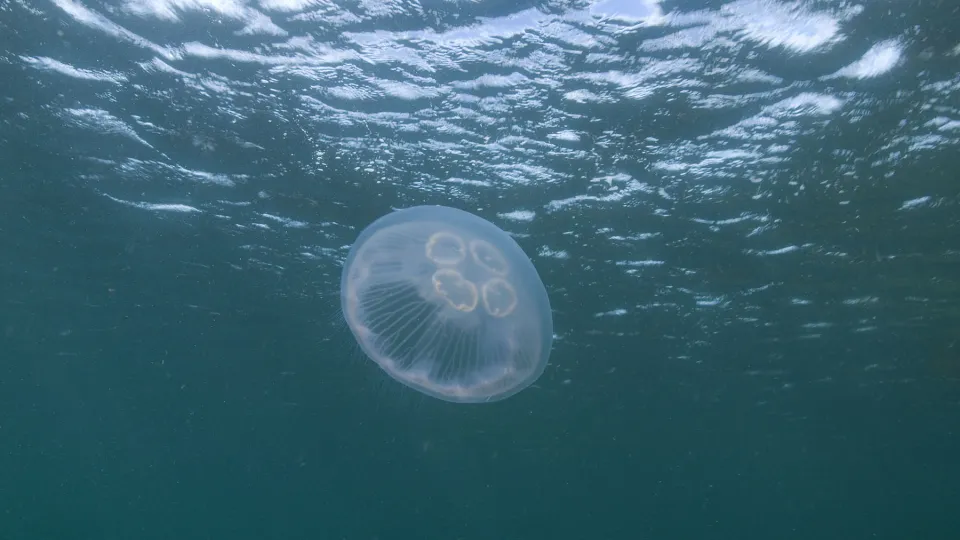
Moon jellyfish
The moon jelly is the most common jellyfish in UK seas, often washing up on our beaches. No need to worry though - it doesn't sting humans.

The moon jelly is the most common jellyfish in UK seas, often washing up on our beaches. No need to worry though - it doesn't sting humans.
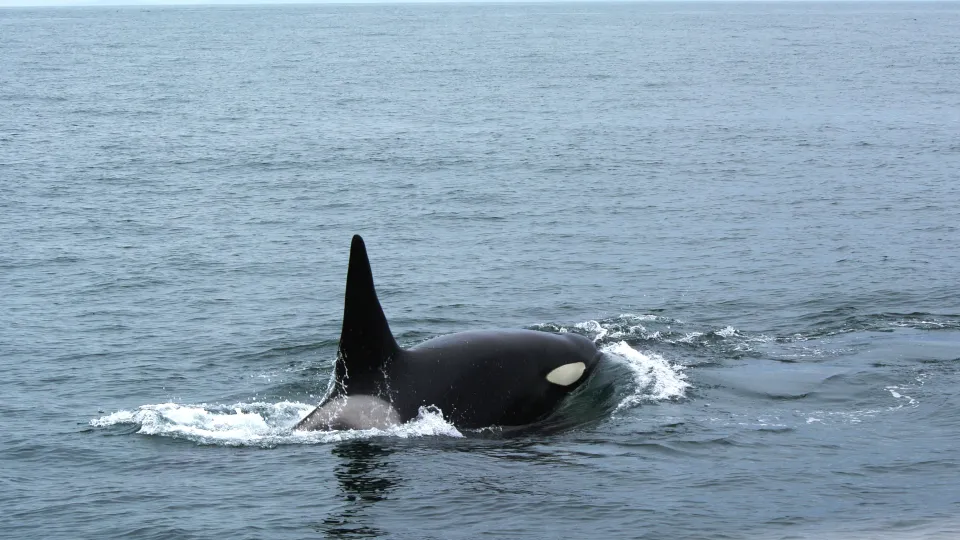
Orca, sometimes known as ‘killer whales’, are unmistakable with their black and white markings. Although we do have a small group of orca who live in British waters, you would be lucky to see them!

The smaller of our two UK seal species, common seals are also known as harbour seals. Despite being called "Common", they are actually less common than grey seals!
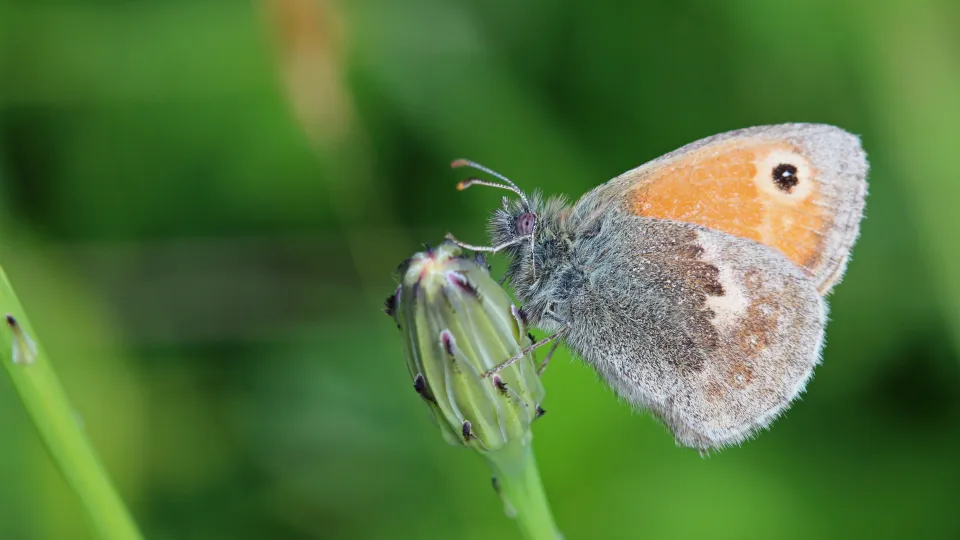
The small heath is the smallest of our brown butterflies and has a fluttering flight. It favours heathlands, as its name suggests, as well as other sunny habitats.
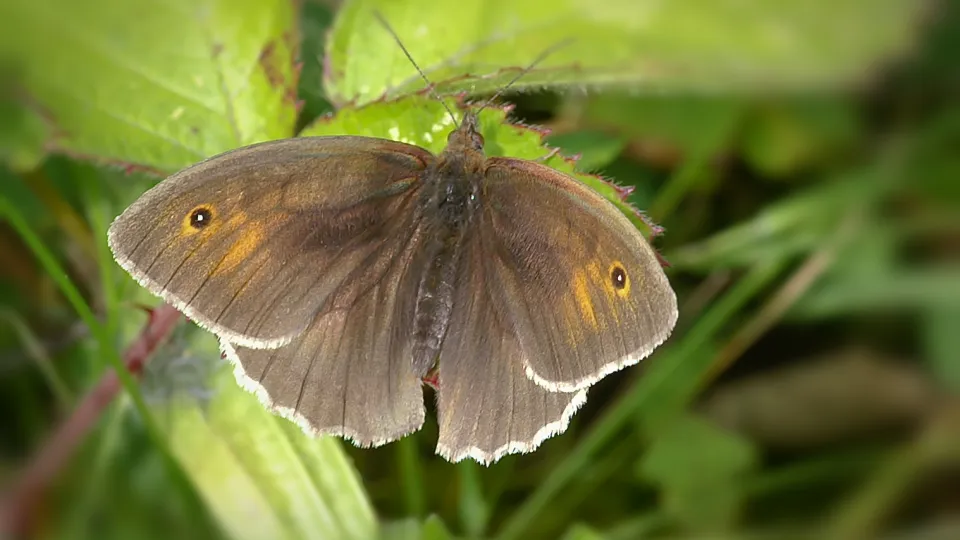
One of our most common butterflies, the meadow brown can be spotted on grasslands, and in gardens and parks, often in large numbers. There are four subspecies of meadow brown.
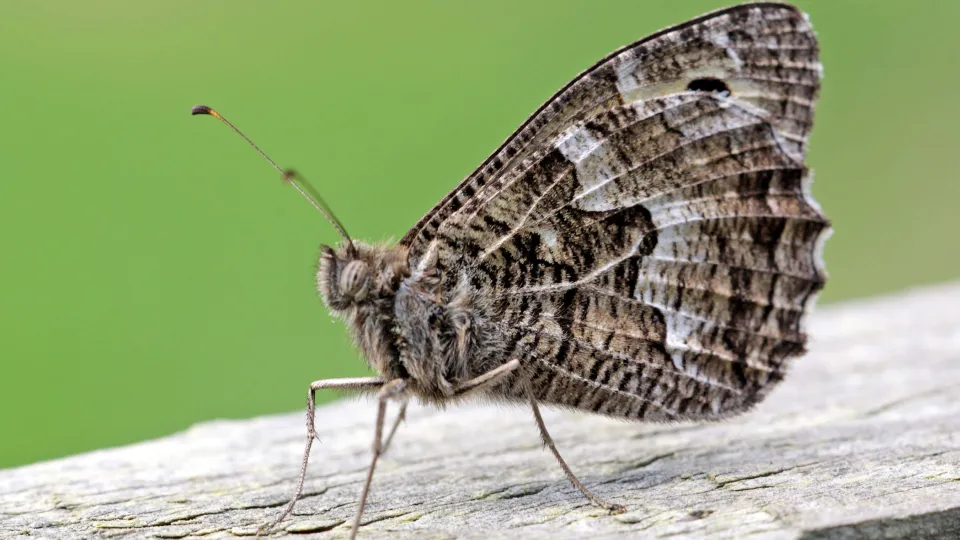
The grayling is one of our largest brown butterflies and a master of disguise - its cryptic colouring helps to camouflage it against bare earth and stones in its coastal habitats and on inland heathlands.
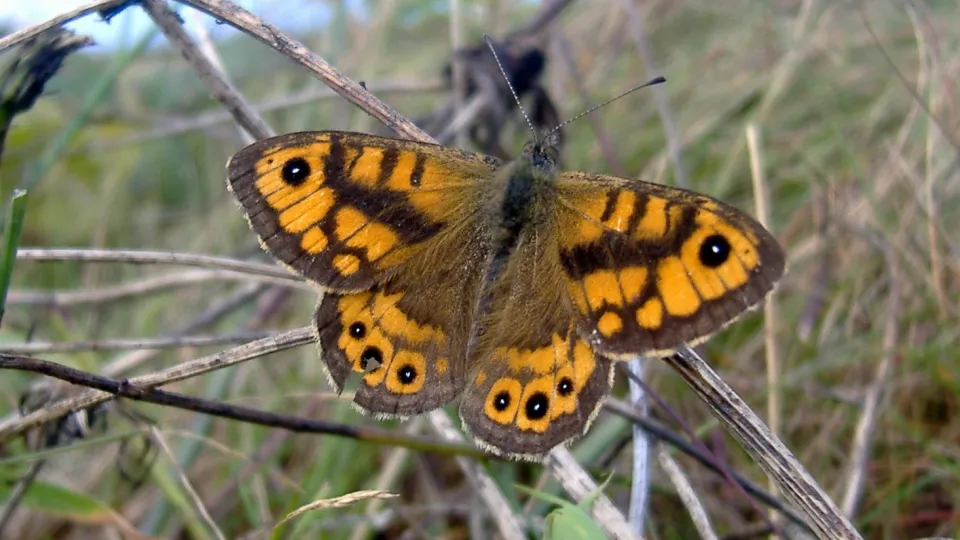
The wall brown or 'wall' gets its name from the fact it rests on any bare surface or wall! It can be found in open, sunny places like sand dunes, old quarries, grasslands and railway cuttings.
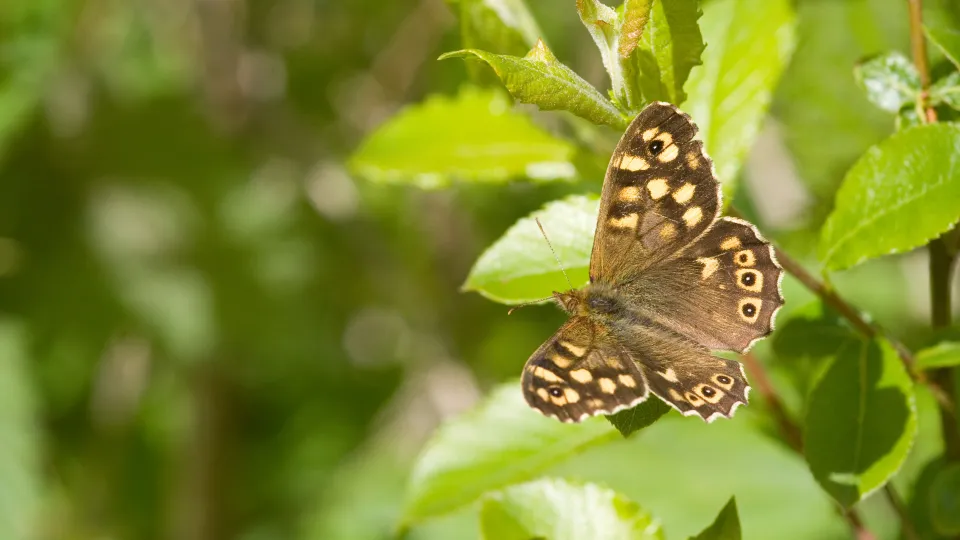
The speckled wood prefers the dappled sunlight of woodland rides and edges, hedgerows and even gardens. Despite declines, its range has spread over recent years.
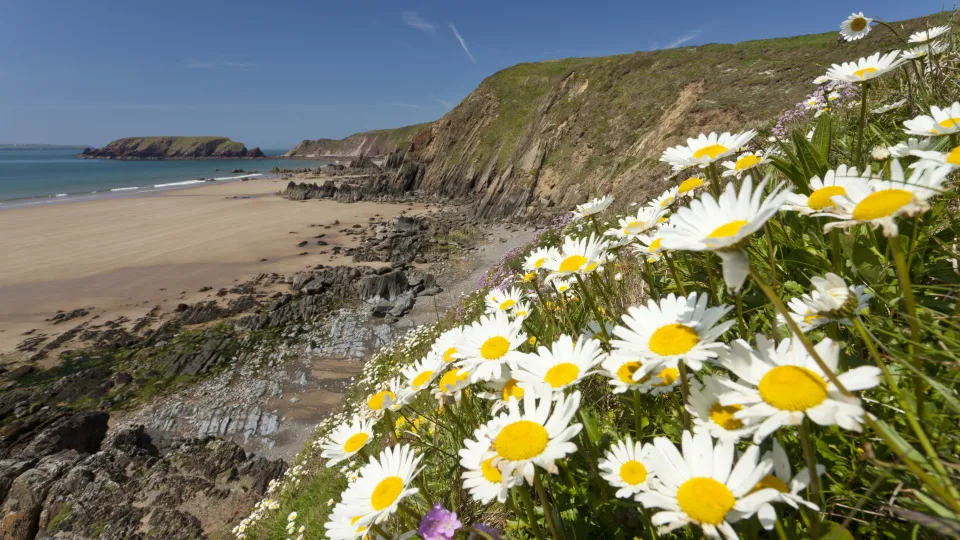
Often growing in swathes along a roadside or field margin, the oxeye daisy is just as at home in traditional hay meadows. The large, white, daisy-like flowers are easy to identify.
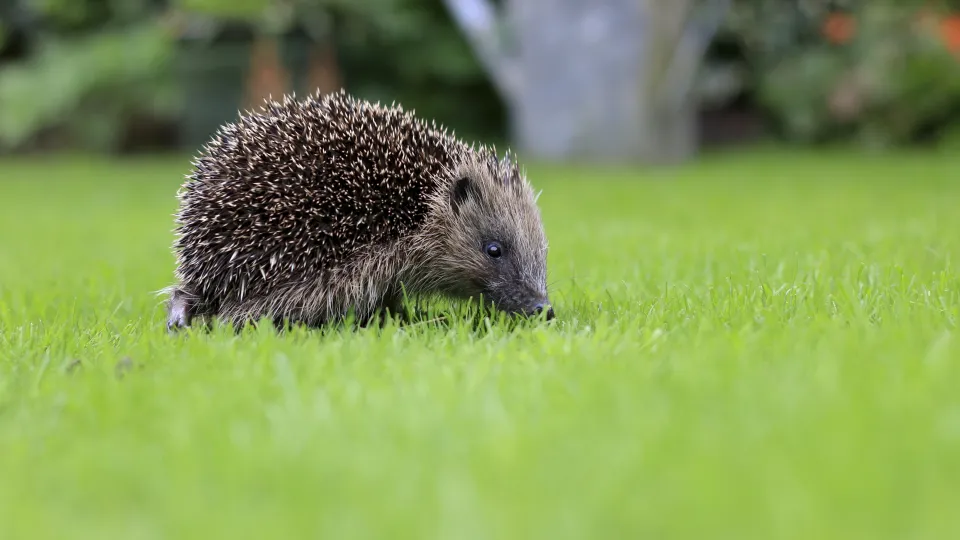
Considered a gardener’s best friend, hedgehogs will happily hoover up insects roaming in vegetable beds. Famously covered in spines, hedgehogs like to eat all sorts of bugs and crunchy beetles. They are most active at night and hibernate through winter.